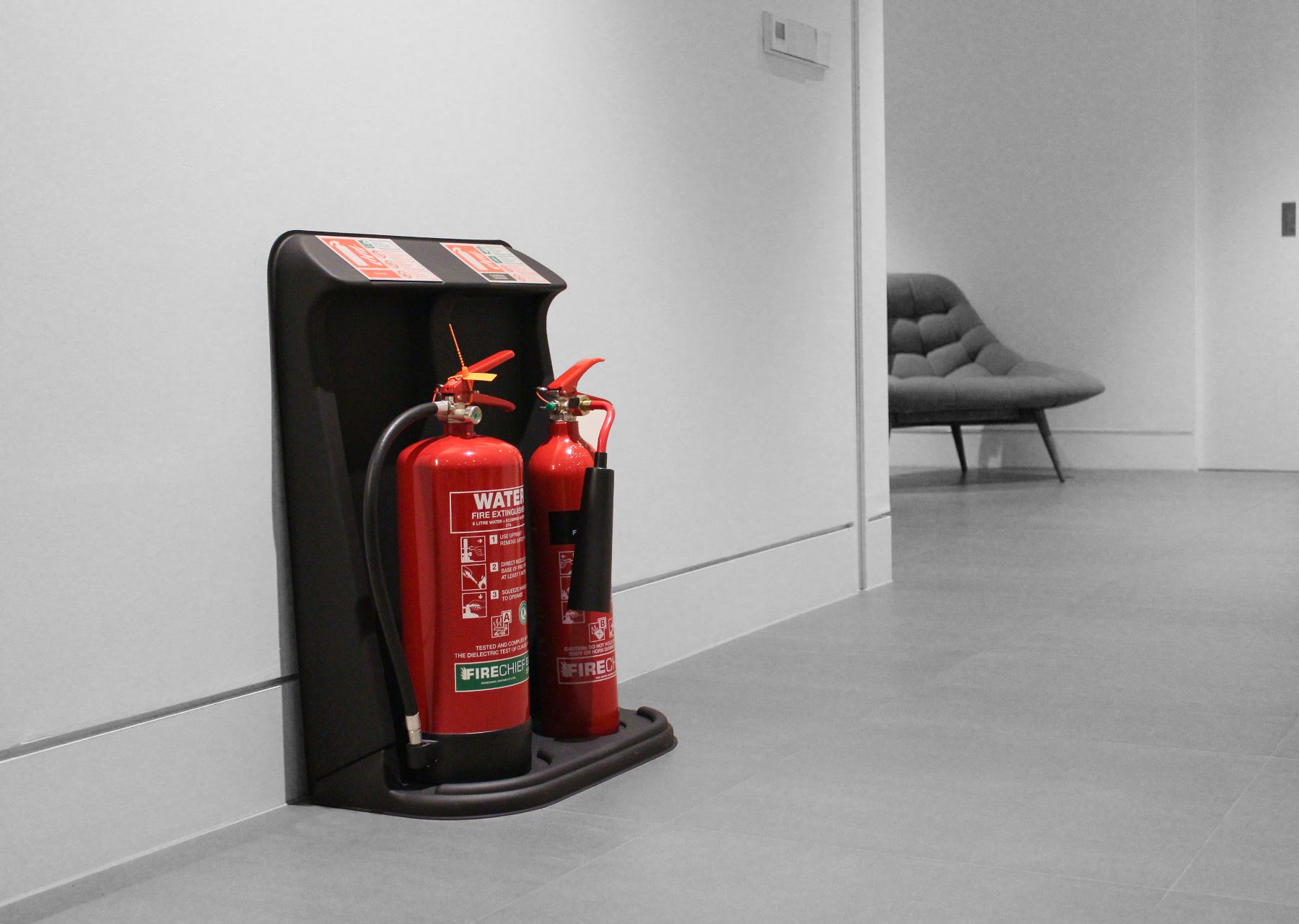

Articles
How To Store Fire Extinguishers
Modified: December 7, 2023
Learn how to properly store fire extinguishers in this informative article. Ensure the safety of your home or workplace with these essential storage tips.
(Many of the links in this article redirect to a specific reviewed product. Your purchase of these products through affiliate links helps to generate commission for Storables.com, at no extra cost. Learn more)
Introduction
Welcome to the world of fire extinguishers! Fire extinguishers are one of the most important tools when it comes to fire safety. They can extinguish small fires before they become uncontrollable and help protect lives and property. However, it’s not enough to simply have fire extinguishers on hand – proper storage is essential to ensure their effectiveness when an emergency arises.
In this article, we will explore the importance of proper fire extinguisher storage and provide you with some valuable tips on how to store your fire extinguishers effectively. So, let’s dive in!
Key Takeaways:
- Proper fire extinguisher storage is crucial for accessibility, protection, and compliance. By following guidelines for ideal location, mounting, and maintenance, you enhance fire safety and readiness for emergencies.
- Comprehensive training and education on fire extinguisher storage empower individuals to handle these life-saving devices effectively. Understanding types, regulations, and emergency response procedures contributes to a safer environment.
Importance of Proper Fire Extinguisher Storage
Proper storage of fire extinguishers is crucial for several reasons. Firstly, it ensures that the extinguishers are readily accessible in case of an emergency. Placing them in designated storage locations makes it easy for people to locate and use them quickly, preventing the fire from spreading and causing further damage.
Secondly, proper storage helps protect the fire extinguishers from potential damage. By keeping them in designated storage areas, you reduce the risk of accidental knocks, bumps, or exposure to harsh environmental conditions. This preservation ensures that the extinguishers remain in optimal working condition and are ready for immediate use.
Additionally, proper storage prevents tampering or unauthorized use of fire extinguishers. By securely storing them in designated locations, you reduce the likelihood of someone mishandling or intentionally discharging the extinguishers, which can be dangerous and financially wasteful.
Furthermore, storing fire extinguishers properly contributes to overall fire safety in your building or establishment. By adhering to storage guidelines, you ensure that the extinguishers are strategically placed in areas where the risk of fire is highest, such as kitchens, workshops, or near electrical equipment. This placement ensures that they are within reach when needed, allowing for a quick response to potential fire incidents.
Lastly, proper storage of fire extinguishers is not only essential for practical purposes but also for compliance with fire safety regulations. Many jurisdictions have specific requirements for fire extinguisher storage, including guidelines on mounting heights, signage, and accessibility. By following these regulations, you demonstrate your commitment to maintaining a safe environment and potentially avoid penalties or legal repercussions.
In summary, proper fire extinguisher storage is crucial for ensuring accessibility, protecting the extinguishers, preventing tampering, improving overall fire safety, and complying with regulations. By taking the time to store your fire extinguishers correctly, you enhance the chances of effectively combating a fire and minimizing the potential damage it can cause.
Determine the Ideal Storage Location
When it comes to storing fire extinguishers, choosing the ideal location is key. Here are some factors to consider when determining the storage location:
- Accessibility: The storage location should be easily accessible and visible to everyone in the building. Avoid placing extinguishers in areas that are obstructed or hidden from view.
- Proximity to potential fire hazards: Identify areas where fires are most likely to occur, such as kitchens, workshops, or electrical rooms. Store the extinguishers near these high-risk areas to ensure quick access in case of an emergency.
- Mounting height: Check your local fire safety regulations for guidelines on the recommended mounting height for fire extinguishers. Typically, they should be mounted at a height that is easily reachable by an average adult, around 3.5-5 feet above the floor.
- Clear signage: Place clear and visible signage indicating the presence of fire extinguishers. This helps people locate them quickly in case of a fire. The signage should also include instructions on how to use the extinguishers.
In addition to these factors, it’s important to consider the specific requirements for your building or establishment. Take into account the layout, size, and occupancy of the space to determine the number and distribution of fire extinguishers needed.
Furthermore, be mindful of any industry-specific regulations or guidelines that may apply. For example, in a restaurant, you may need to store extinguishers near cooking equipment, while in a laboratory, you may require specific types of extinguishers for different hazardous materials.
Remember, the goal is to store the fire extinguishers in a location that is easily accessible, visible, and strategically placed to combat potential fire hazards. By carefully assessing your space and considering these factors, you can determine the ideal storage location for your fire extinguishers.
Mounting Fire Extinguishers
Properly mounting fire extinguishers is crucial for ensuring their accessibility and effectiveness in case of a fire. Here are some guidelines to follow when mounting fire extinguishers:
- Mounting height: Check local fire safety regulations for specific guidelines on the recommended mounting height for fire extinguishers. As a general rule, they should be mounted at a height that is easily reachable by an average adult, typically between 3.5 to 5 feet above the floor. This ensures that they are within reach for anyone who needs to use them.
- Visible and unobstructed: Ensure that the fire extinguishers are mounted in a location where they are easily visible and not obstructed by any objects or obstacles. This allows for quick identification and access during an emergency.
- Secure mounting: Use appropriate mounting brackets or hangers to securely attach the fire extinguishers to the wall or other suitable surfaces. The mounting hardware should be sturdy enough to hold the weight of the extinguisher and prevent it from falling or becoming dislodged.
- Proper spacing: When multiple fire extinguishers are installed, make sure they are spaced adequately to allow for easy access to each extinguisher. The spacing should be such that one extinguisher can be reached without obstructing or interfering with the others.
- Clear signage: Install clear signage above or next to the mounted fire extinguishers to indicate their presence. The signage should include instructions on how to use the extinguishers and be easily visible from a distance.
It’s essential to consider the specific layout and needs of your space when mounting fire extinguishers. Depending on the nature of the area, you may need to follow industry-specific guidelines or regulations. For instance, in a kitchen, fire extinguishers should be mounted near cooking equipment, while in a laboratory, special consideration should be given to the types of extinguishers required for different hazardous materials.
Regularly inspect the mounted extinguishers to ensure they remain securely in place. If any extinguisher becomes dislodged or damaged, take immediate action to fix or replace it to maintain the effectiveness of your fire safety measures.
By following these guidelines and considering the specific requirements of your space, you can ensure that fire extinguishers are properly mounted and readily accessible, increasing the chances of their effective use in case of a fire emergency.
Securing Fire Extinguishers
Securing fire extinguishers is essential to prevent them from being tampered with or accidentally dislodged. Properly securing fire extinguishers not only ensures their accessibility during emergencies but also helps protect them from damage. Here are some tips for securing fire extinguishers:
- Use mounting brackets: Install appropriate mounting brackets or hangers to secure the fire extinguishers to the wall or other suitable surfaces. These brackets should be durable and designed specifically for holding fire extinguishers. They should provide a secure grip and prevent the extinguishers from falling or being moved easily.
- Choose a visible and accessible location: Position the fire extinguishers in a conspicuous location where they are easily visible and accessible. This helps deter tampering and ensures that people can quickly locate and use them during a fire. Avoid placing them behind doors, under furniture, or in areas where they can be easily overlooked.
- Consider protective enclosures: In certain environments or high-risk areas, it may be necessary to install protective enclosures around the fire extinguishers. These enclosures provide an extra layer of security and can help prevent unauthorized access or accidental damage. However, it is crucial to ensure that the enclosures do not obstruct the visibility or accessibility of the extinguishers.
- Regularly check and inspect: Routinely inspect the condition of the mounting brackets and ensure they remain secure. Periodically check for any signs of tampering or damage to the fire extinguishers. If you notice any issues, take immediate action to rectify them by fixing or replacing the mounting brackets or extinguishers.
- Educate and inform: Raise awareness among staff, residents, or occupants about the importance of not tampering with or mishandling fire extinguishers. Provide clear instructions on the proper use of extinguishers and communicate the consequences of tampering, which can include fines, penalties, or endangering lives and property.
Remember, securing fire extinguishers is a vital step in protecting them from tampering, ensuring their availability, and maintaining their functionality. By implementing these tips, you can help safeguard your fire extinguishers and increase their effectiveness in emergency situations.
Store fire extinguishers in a visible and easily accessible location, away from heat sources and potential fire hazards. Mount them on a wall or place them in a designated stand for quick and easy access in case of emergency.
Read more: How To Store Fire Cider
Protecting Fire Extinguishers from Temperature Extremes
Temperature extremes can have a significant impact on the effectiveness and lifespan of fire extinguishers. It’s important to protect them from extreme heat or cold to ensure their functionality when needed. Here are some measures to consider for safeguarding fire extinguishers from temperature extremes:
- Know the temperature limitations: Different types of fire extinguishers are designed to withstand specific temperature ranges. Familiarize yourself with the temperature limitations of the extinguishers you have and ensure they are stored within those acceptable ranges. The manufacturer’s instructions or product labeling will provide guidance on the appropriate temperature range.
- Shield from direct sunlight and heat sources: Avoid storing fire extinguishers near direct heat sources such as radiators, heaters, or furnaces. Direct exposure to excessive heat can cause the pressure inside the extinguisher to rise, potentially leading to an explosion. Similarly, direct sunlight can lead to excessive heating of the extinguisher. Store them in areas that are shielded from direct sunlight and heat sources.
- Insulate against extreme cold: Cold temperatures can affect the performance and integrity of fire extinguishers, making them less effective or even causing components to freeze. In areas with extreme cold, consider using insulated covers or enclosures to provide some protection against freezing temperatures. These covers can help maintain a more stable temperature around the extinguishers.
- Monitor storage conditions: Regularly check the storage area for temperature fluctuations. Consider installing temperature monitoring devices or using temperature-sensitive labels that change color if exposed to extreme heat or cold. These monitoring tools can provide early warnings of potential issues and allow for timely intervention.
- Regular inspection and maintenance: Conduct routine inspections of fire extinguishers to ensure they are in good condition. Check for any signs of damage or deterioration that may have been caused by temperature extremes. Promptly address any concerns by contacting a professional fire extinguisher service company for repairs or maintenance.
By taking these steps, you can protect your fire extinguishers from temperature extremes and prolong their lifespan. Regular monitoring and maintenance are key to ensuring that the extinguishers are always ready for use in case of a fire emergency.
Maintaining Accessibility of Fire Extinguishers
Ensuring the accessibility of fire extinguishers is vital for their effectiveness during an emergency situation. Here are some essential tips for maintaining the accessibility of fire extinguishers:
- Clear and unobstructed paths: Keep the areas around fire extinguishers clear of any objects, debris, or clutter. Obstructions can hinder access to the extinguishers and delay their use in an emergency. Regularly inspect the storage areas and promptly remove any items that block or impede access.
- Visible signage: Install clear and visible signage indicating the location of fire extinguishers. The signage should have clear instructions on how to use the extinguishers and be easily noticed from a distance. This ensures that people can quickly locate the extinguishers during moments of urgency.
- Proper lighting: Ensure that the storage area is well-lit to enhance visibility. Inadequate lighting can make it difficult to locate and use fire extinguishers during emergencies. Consider installing additional lighting, especially in dimly lit or high-risk areas.
- Regular checks and maintenance: Conduct periodic inspections of fire extinguishers to ensure they are fully functional and easily accessible. Check the pressure gauges, seals, and safety pins to ensure the extinguishers are in proper working condition. Replace any damaged or expired extinguishers and promptly address any maintenance issues.
- Training and education: Provide training and education to employees, residents, or occupants about the importance of fire extinguisher accessibility. Train them on how to identify and obtain access to the nearest fire extinguisher. Conduct regular fire drills to reinforce the training and familiarize people with emergency procedures.
- Accessibility for individuals with disabilities: Consider the needs of individuals with disabilities when determining the accessibility of fire extinguishers. Ensure that extinguishers are at a height that can be reached by individuals in wheelchairs or with mobility limitations. Install visual and tactile aids to assist people with visual impairments in locating the extinguishers.
Remember, maintaining the accessibility of fire extinguishers is essential for a quick response during a fire emergency. By implementing these tips and regularly assessing the accessibility of your extinguishers, you can enhance the overall fire safety of your building or establishment.
Inspecting and Testing Stored Fire Extinguishers
Regular inspection and testing of stored fire extinguishers are crucial to ensure their reliability and effectiveness in case of a fire emergency. Here are the key steps involved in inspecting and testing fire extinguishers:
- Visual inspection: Perform a visual inspection of the fire extinguishers on a monthly basis. Check for any visible signs of damage, such as dents, rust, or leakage. Ensure that the pressure gauge indicates that the extinguisher is within the proper operating range.
- Certification dates: Examine the certification label to ensure that the extinguisher has been inspected and certified by a qualified professional within the required time frame. This certification indicates that the extinguisher is properly maintained and in compliance with applicable regulations.
- Testing and maintenance: Fire extinguishers require more extensive testing and maintenance at regular intervals, typically once a year. This involves a thorough inspection of the extinguisher’s components, including the pressure gauge, hoses, nozzles, seals, and safety pins. It may also include professional recharging or hydrostatic testing if necessary.
- Record keeping: Maintain detailed records of all inspections, tests, certifications, and maintenance performed on each fire extinguisher. These records help track the history of each extinguisher, ensure compliance with regulations, and provide a reference for future inspections.
- Training and education: Ensure that personnel responsible for inspecting fire extinguishers are adequately trained and knowledgeable about the process. They should be familiar with the specific requirements and procedures for inspecting and testing extinguishers. Regularly review and update training to stay up-to-date with any changes in regulations or best practices.
- Professional inspection: In addition to regular visual inspections, it’s essential to have fire extinguishers professionally inspected and tested by a qualified fire protection service company. These professionals have the expertise and equipment to perform thorough inspections, identify potential issues, and conduct necessary maintenance or repairs.
By implementing a comprehensive inspection and testing program, you can ensure that your stored fire extinguishers are in proper working condition and ready to be used in the event of a fire. Regular maintenance and professional inspections are vital to keeping the extinguishers reliable and effective in protecting lives and property.
Training and Education on Fire Extinguisher Storage
Proper training and education on fire extinguisher storage are essential for ensuring the effective use and maintenance of these life-saving devices. By providing comprehensive training and education, you can empower individuals to handle fire extinguishers safely and confidently. Here are some key elements to include in fire extinguisher storage training:
- Understanding fire extinguisher types: Educate individuals about the different types of fire extinguishers available and their respective uses. Explain the various classifications such as A, B, C, D, and K, and provide guidance on which type of extinguisher should be used for specific fire hazards.
- Storage guidelines and regulations: Provide an overview of the regulations and guidelines for storing fire extinguishers. Explain the importance of compliance in ensuring their accessibility, protection from damage, and proper distribution throughout the building or establishment.
- Storage location and mounting: Explain the ideal storage locations for fire extinguishers and the proper techniques for mounting them. Detail the importance of accessibility, visibility, and proper signage to facilitate quick and effective use during an emergency.
- Securing and safeguarding: Teach individuals the importance of properly securing fire extinguishers to prevent tampering or accidental dislodging. Emphasize the need to monitor the storage areas regularly, remove obstructions, and protect extinguishers from damage or vandalism.
- Regular inspections and maintenance: Instruct individuals on how to conduct visual inspections of fire extinguishers, including checking for damage, pressure levels, and certification dates. Explain the importance of professional inspections and regular maintenance to ensure the extinguishers remain in optimal working condition.
- Proper use and operation: Provide hands-on training on the proper use and operation of fire extinguishers. Demonstrate the correct techniques for pulling the safety pin, aiming at the base of the fire, squeezing the handle, and sweeping the nozzle from side to side. Allow individuals to practice these techniques in a controlled environment.
- Emergency response procedures: Walk individuals through the appropriate steps to take in the event of a fire, including when and how to use a fire extinguisher. Discuss evacuation procedures, emergency contacts, and the importance of alerting authorities promptly.
- Documentation and record-keeping: Explain the importance of documenting all inspections, tests, certifications, and maintenance performed on fire extinguishers. Teach individuals how to maintain accurate records and ensure they are easily accessible for compliance purposes and future reference.
By providing thorough training and education on fire extinguisher storage, you equip individuals with the knowledge and skills necessary to handle these life-saving devices effectively. Regularly review and update training materials to keep up with any changes in regulations or best practices. Ultimately, a well-informed and trained team will contribute to a safer environment and be better prepared to respond to fire emergencies.
Read more: How To Store Wood For Fire Pit
Conclusion
Proper fire extinguisher storage is paramount for maintaining fire safety in any building or establishment. By following the guidelines outlined in this article, you can ensure that your fire extinguishers are readily accessible, secure, and protected from environmental factors. Storing fire extinguishers correctly is not only a matter of compliance with regulations but also crucial for their effectiveness during a fire emergency.
Throughout this article, we have discussed the importance of proper fire extinguisher storage and provided valuable tips for determining the ideal storage location, mounting the extinguishers securely, protecting them from temperature extremes, maintaining accessibility, and conducting regular inspections and testing. Adhering to these practices will enhance the readiness and reliability of your fire extinguishers, ultimately contributing to the safety of your premises and the well-being of its occupants.
Remember, fire safety is a shared responsibility. It is crucial to provide comprehensive training and education on fire extinguisher storage for all individuals who may encounter these devices. By educating them on the different types of extinguishers, proper storage guidelines, securing techniques, inspection and maintenance procedures, and emergency response protocols, you empower them to effectively respond to fire incidents.
Regularly review and update your fire extinguisher storage practices to ensure they align with current regulations and best practices. Stay vigilant in monitoring the storage areas and promptly address any concerns or issues that may arise. By maintaining a proactive approach to fire extinguisher storage, you can demonstrate your commitment to fire safety and protect the lives and property under your care.
Remember, in case of a fire, always prioritize safety and follow your organization’s established emergency procedures. By investing time and effort into proper fire extinguisher storage, you contribute to creating a safer environment for everyone.
Frequently Asked Questions about How To Store Fire Extinguishers
Was this page helpful?
At Storables.com, we guarantee accurate and reliable information. Our content, validated by Expert Board Contributors, is crafted following stringent Editorial Policies. We're committed to providing you with well-researched, expert-backed insights for all your informational needs.

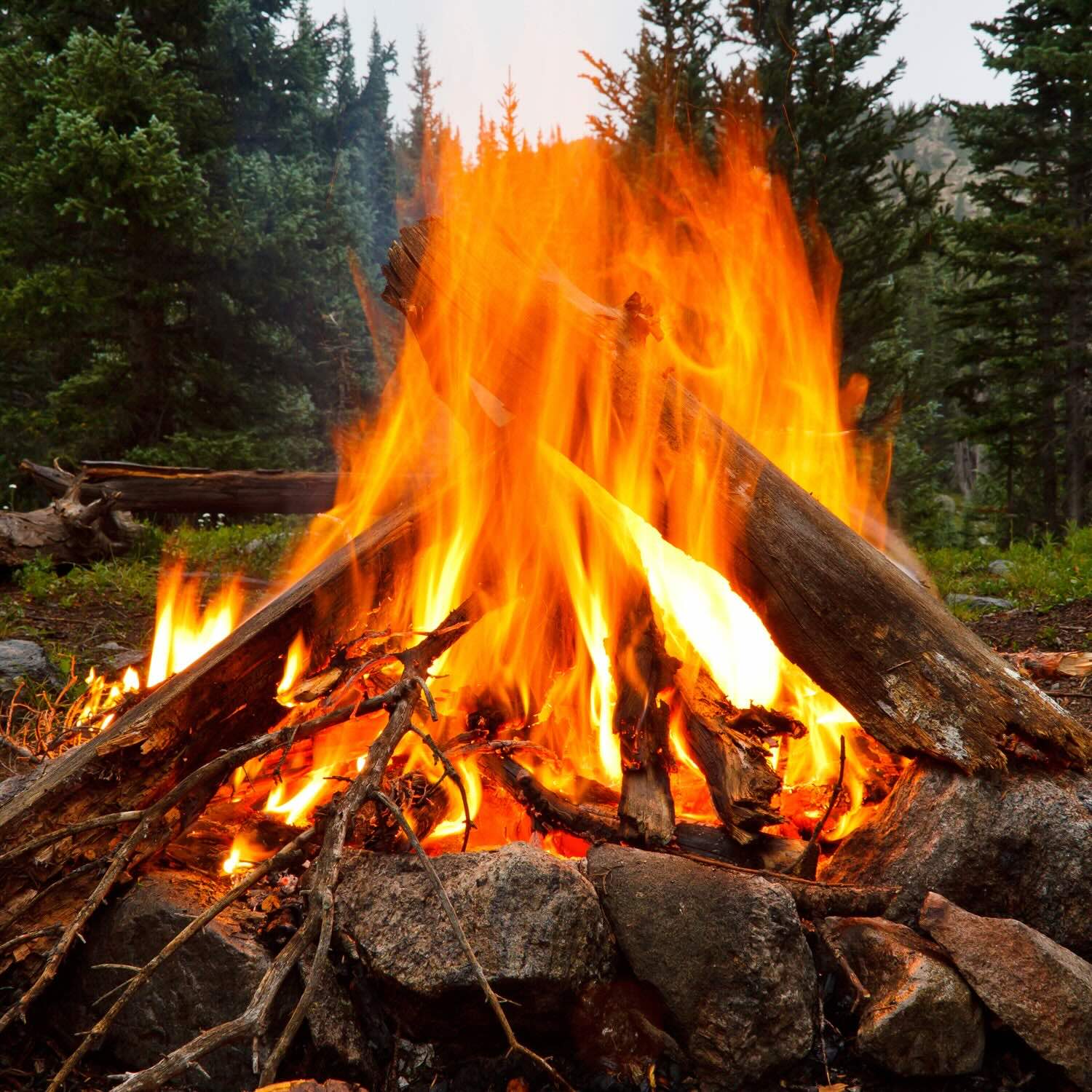



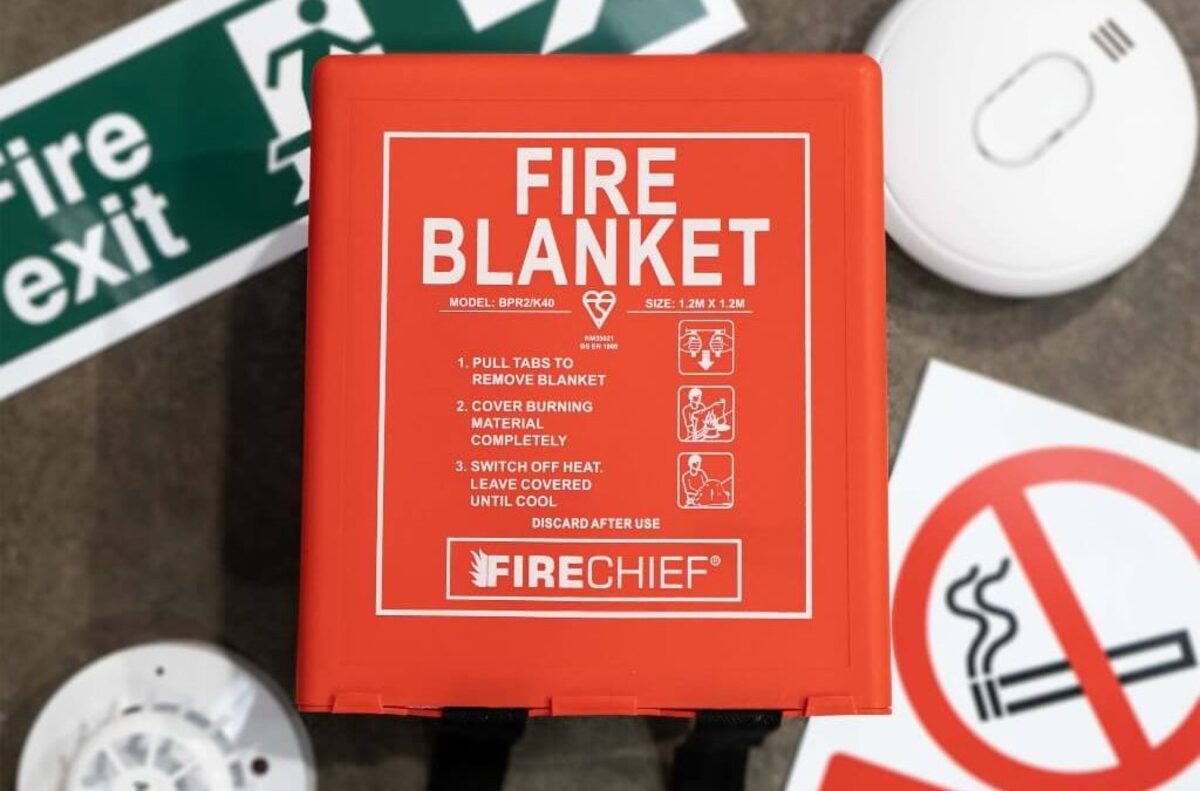



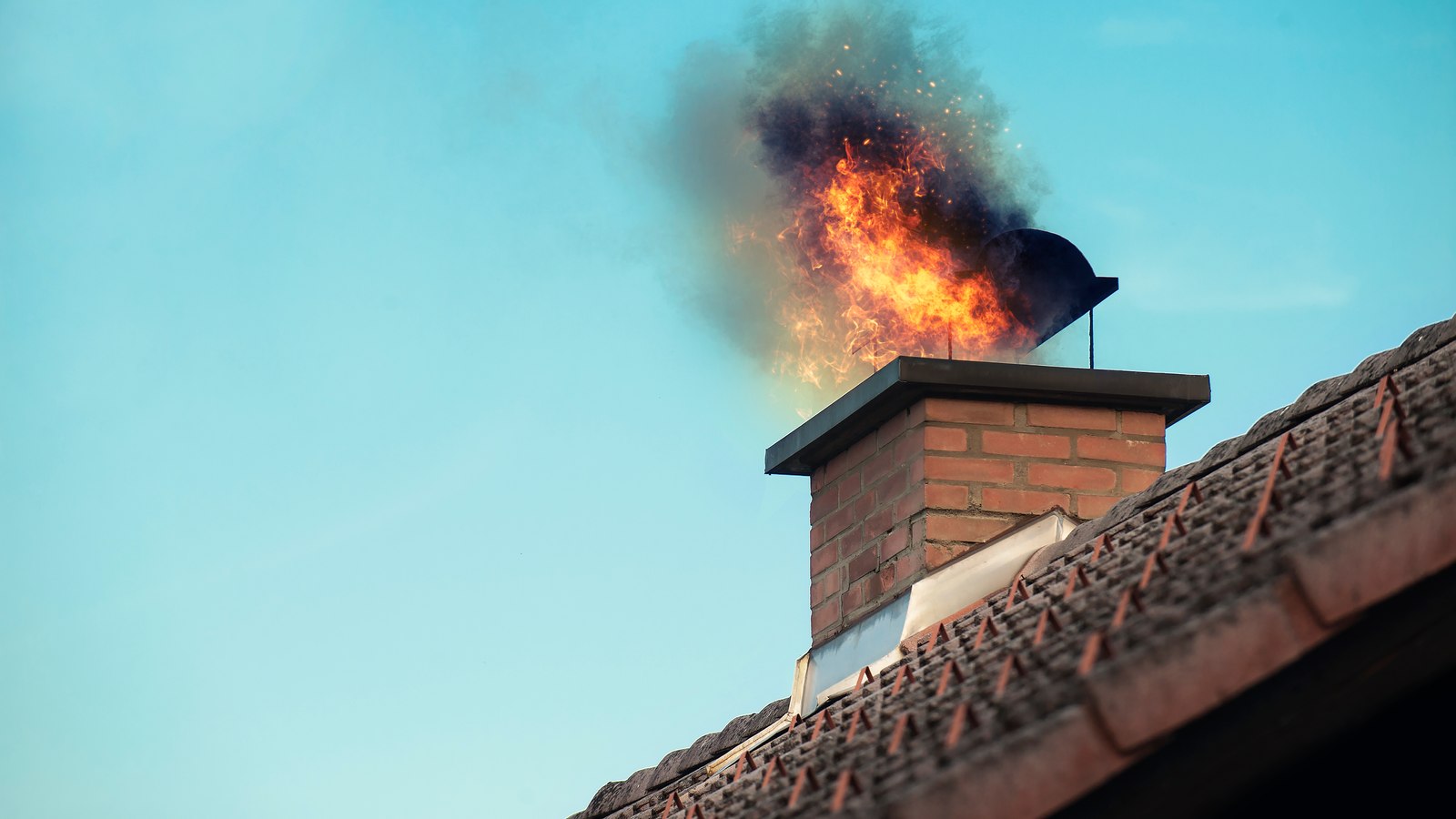
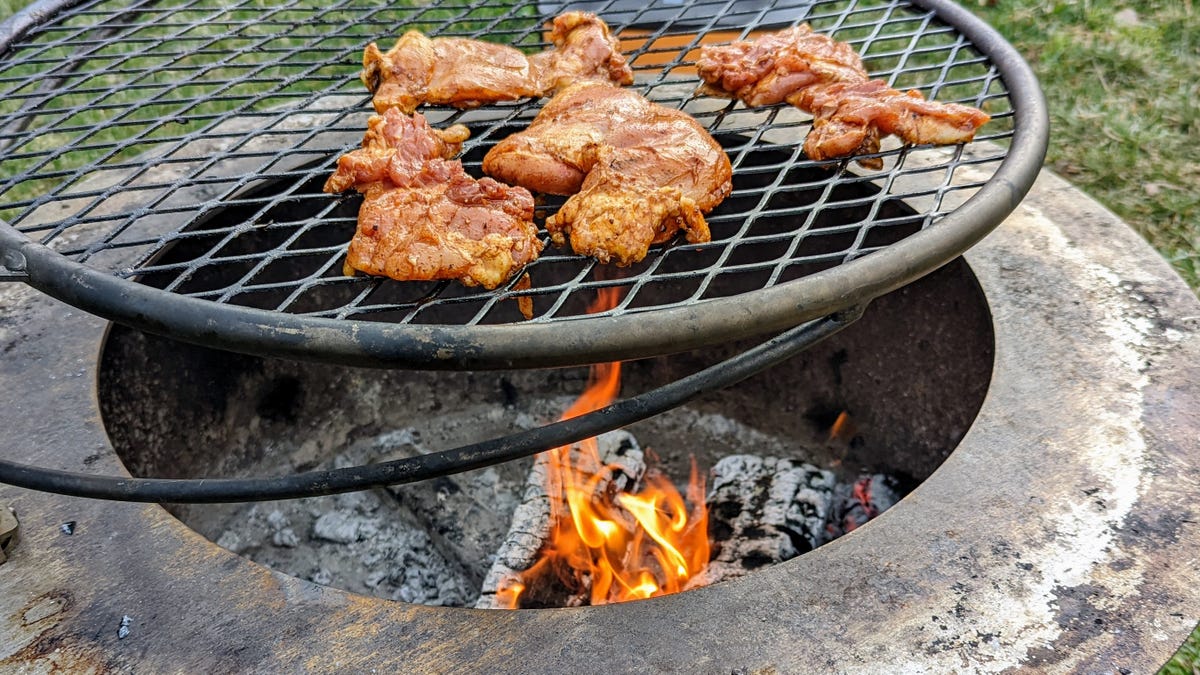

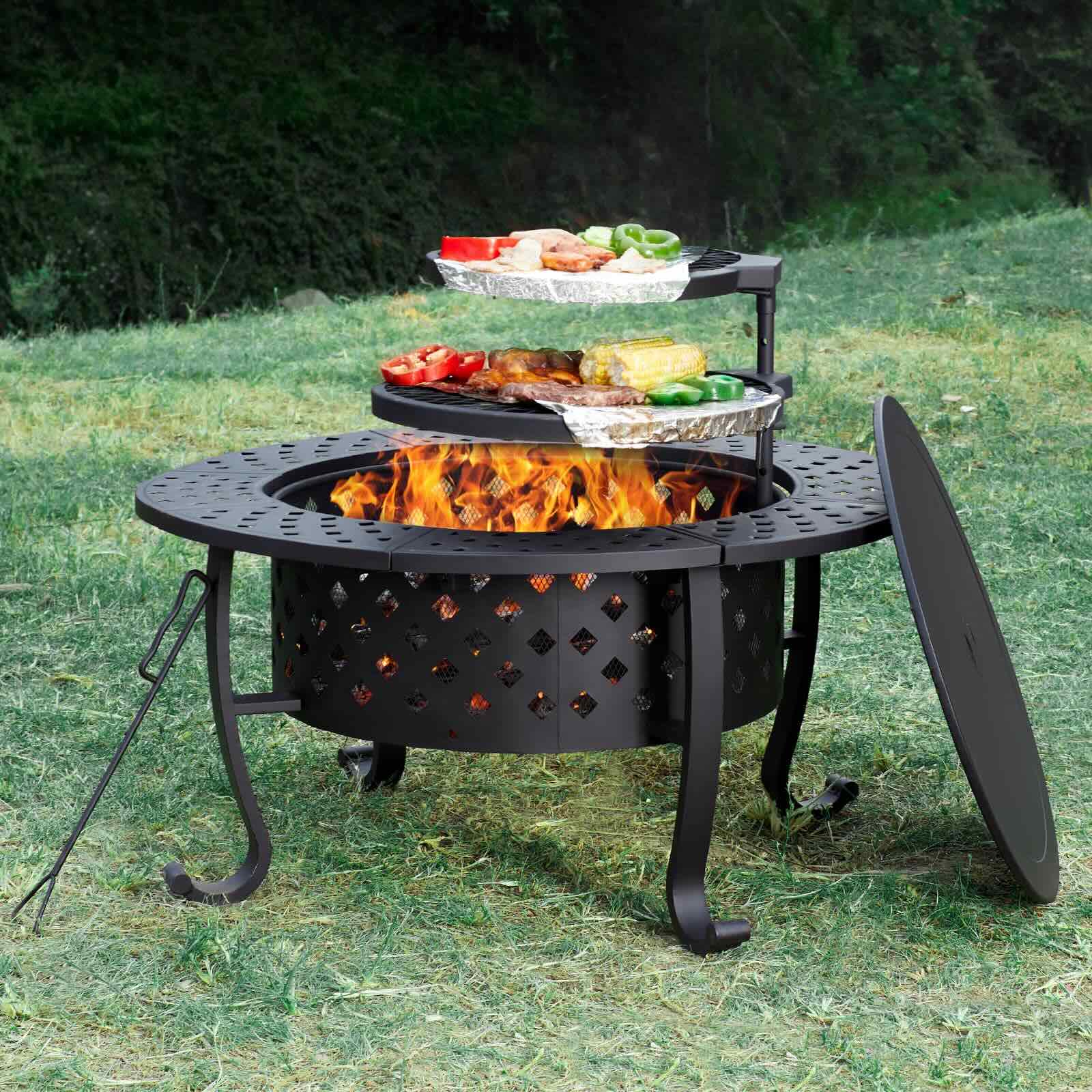

0 thoughts on “How To Store Fire Extinguishers”